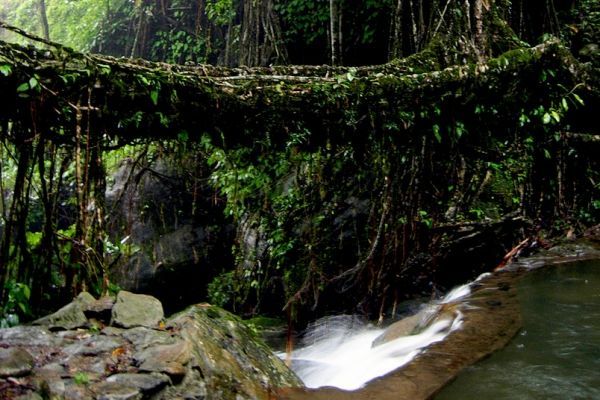In the last interglacial period on Earth about 125,000 years ago, the Indian monsoon was longer, more extreme and less reliable than it is today. This is the conclusion drawn by geoscientists from Ruhr-Universität Bochum (RUB) and the University of Oxford, together with other colleagues from the UK, New Zealand, China and the USA. The team analysed a dripstone from a cave in north-eastern India, combining various methods that provide information about supra-regional and local weather phenomena and the climate dynamics of the past.
The team headed by Matthias Magiera, Dr. Franziska Lechleitner, Professor Ola Kwiecien and Dr. Sebastian Breitenbach describe the results in the journal “Geophysical Research Letters”, published online on 25 October 2019.
“The last interglacial period is often considered an analogy to the expected climate changes,” says Ola Kwiecien from the RUB Institute of Geology, Mineralogy and Geophysics. “Even though the factors that led to the warming were different then than they are today, of course.” Findings about weather and climate phenomena from the last interglacial period provide researchers with clues as to how the climate might change as the earth warms up.
Continue reading at Ruhr Universitat Bochum
Image via Ruhr Universitat Bochum


